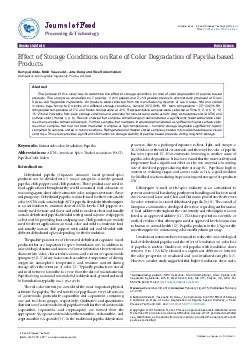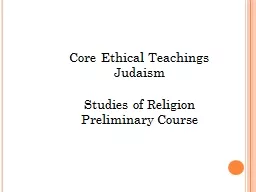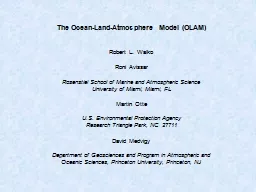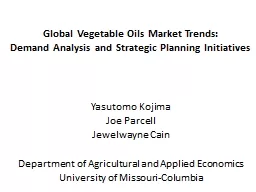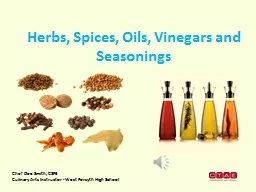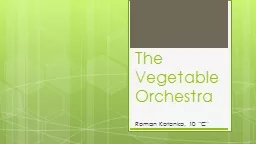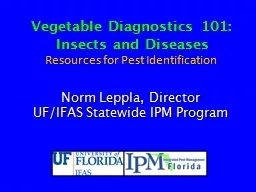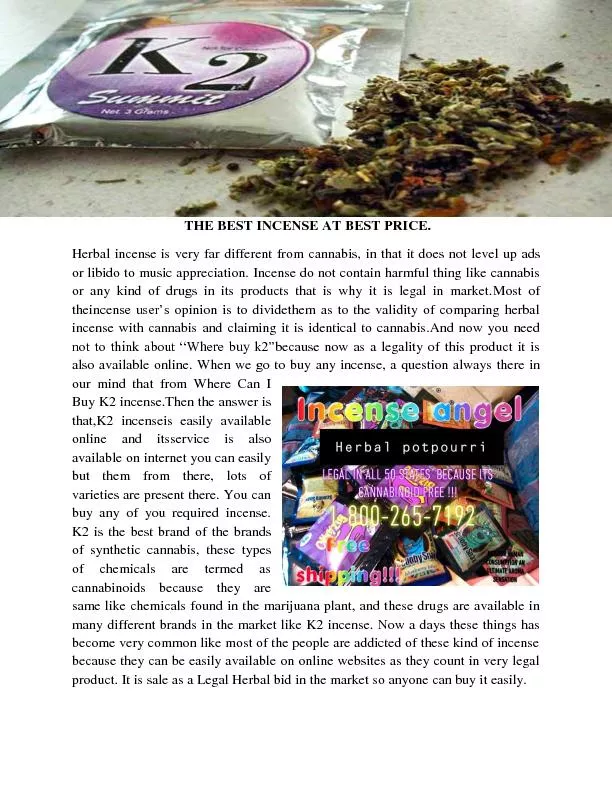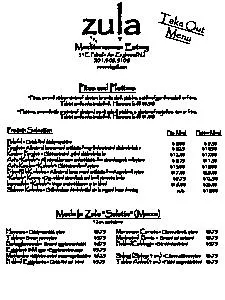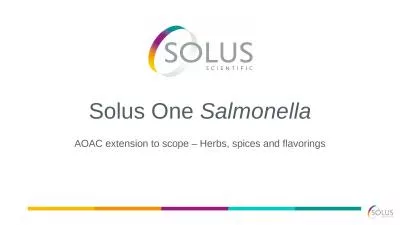PDF-Mihir Vasavada, Olam International, Olam Spices and Vegetable Ingredie
Author : stefany-barnette | Published Date : 2016-07-05
Ramya Addala Mihir Vasavada Jane Dong and Siva SubramanianOlam Spices and Vegetable Ingredients Fresno CA USA Volume 6 Issue 3 1000423J Food Process TechnolISSN
Presentation Embed Code
Download Presentation
Download Presentation The PPT/PDF document "Mihir Vasavada, Olam International, Olam..." is the property of its rightful owner. Permission is granted to download and print the materials on this website for personal, non-commercial use only, and to display it on your personal computer provided you do not modify the materials and that you retain all copyright notices contained in the materials. By downloading content from our website, you accept the terms of this agreement.
Mihir Vasavada, Olam International, Olam Spices and Vegetable Ingredie: Transcript
Download Rules Of Document
"Mihir Vasavada, Olam International, Olam Spices and Vegetable Ingredie"The content belongs to its owner. You may download and print it for personal use, without modification, and keep all copyright notices. By downloading, you agree to these terms.
Related Documents

